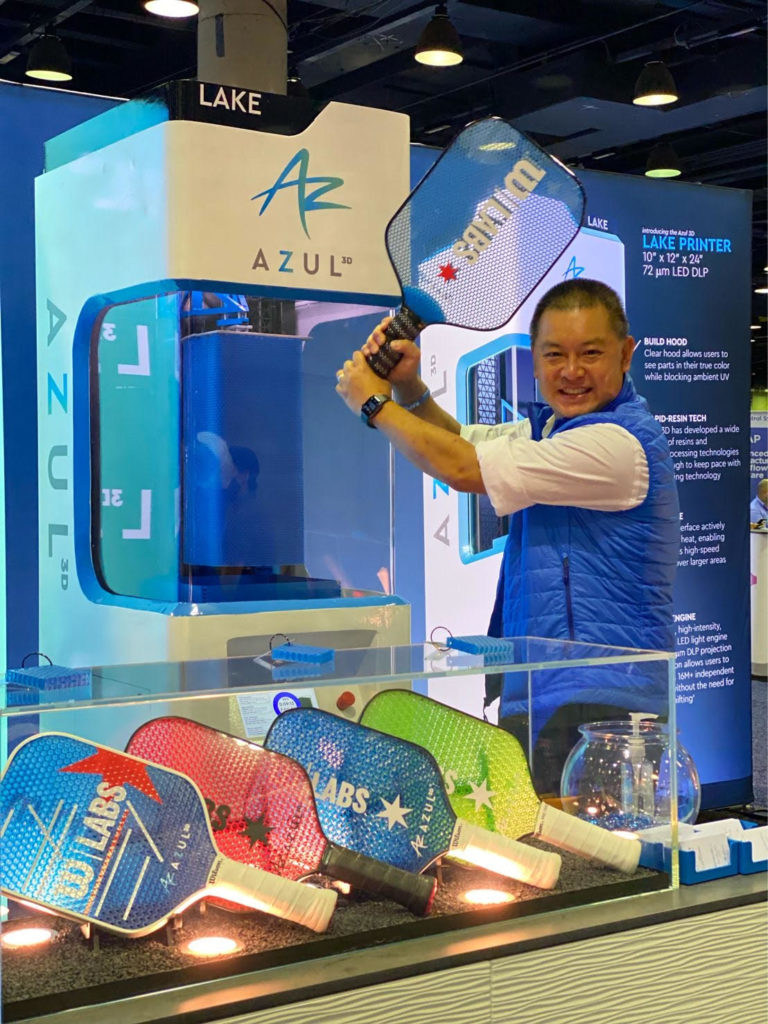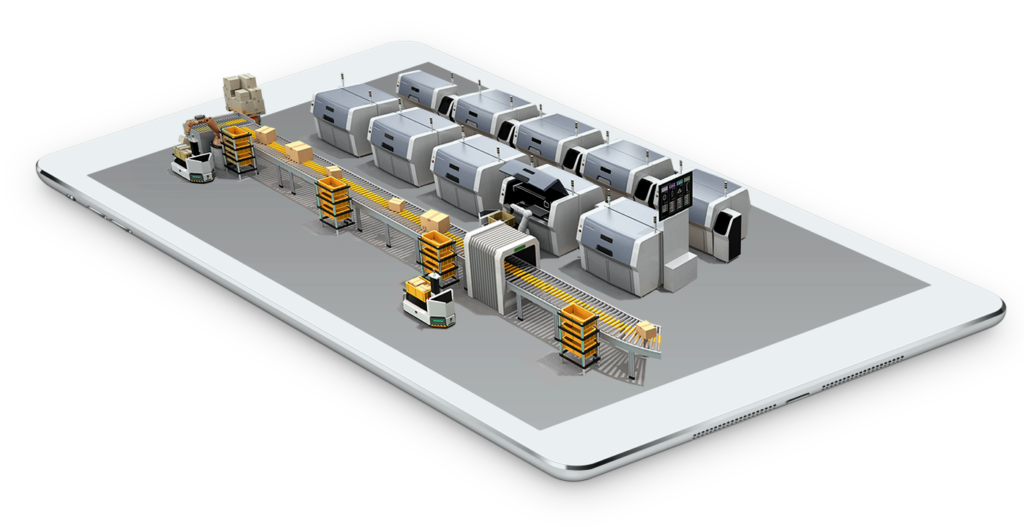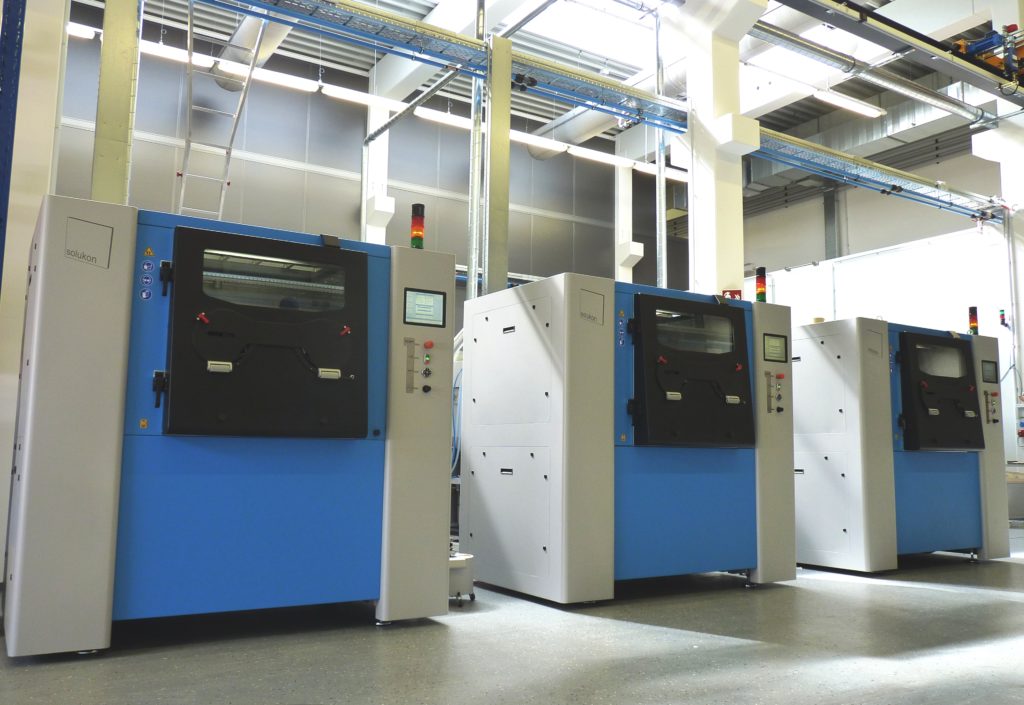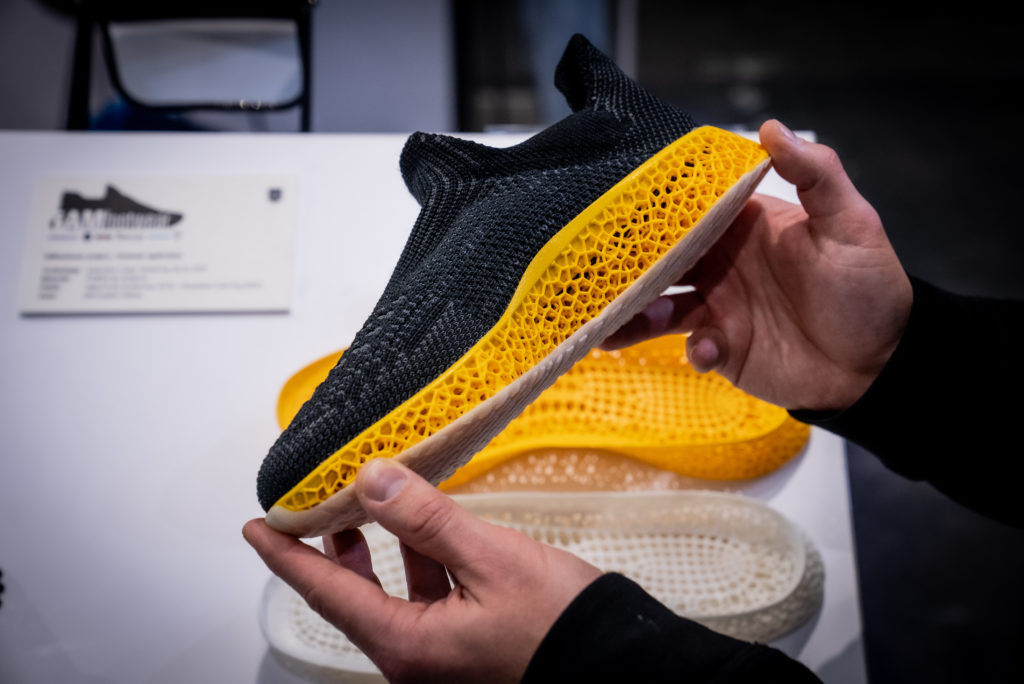As we begin 2022, one of the most obvious trends we can see developing is in finishing components. As I’ve said before, we make the shape in the machine, but the part itself in post-processing. Hot isostatic pressing (HIP), depowdering, resurfacing, shot peening, dyeing, destressing—they all have a huge part to play in 3D printing.
With porous parts, any smoothing is welcome. At the same time, several processes will be needed in conjunction if we are to make consumer-friendly items. Functional surfaces, special coatings and unique finishes will also allow components to outperform traditionally made counterparts. Post-processing also saves money by automating tasks traditionally done by hand. If we want to make millions of parts cost-effectively, we have to reduce the 30 percent outlay in manual labor. By automating finishing we can also gain quality advantages and reduce errors overall.
I believe that, although the post-processing market trails the overall 3D printing market, a boom is emerging in the space. As people switch from having one machine to three and as companies grow more ambitious, finishing needs will rise spectacularly. We only make tens of millions of parts in hearing aids, dental indirect, dental direct, orthopedic and medical, jewelry molds and in mascara. Yes, the Chanel mascara brush is one of the most prevalent 3D printed items, but go ahead and keep pushing to get that deal with the car guys. As more applications for millions of parts will be unlocked and more companies use 3D printing in business operations, I would expect a rapid adoption of post-processing solutions for 3D printing.
What do other people in our industry have to say? We asked some leaders in our community to opine about the future of post-processing.

Tuan Tranpham, Chief Revenue Officer for Azul 3D, at the startup’s RAPID booth
Tuan Tranpham, currently CRO at Azul3D, is a 3D printing maven and packs a lot of experience and vision. He looks at finishing technology holistically.
“Customized material and print productivity (cost-per-part) will unlock mass production (towards the new world of ‘AMAZON: 3D printing AWS.’ More 3D printers will have eyes (vision/in-situ monitoring) and brains (machine learning). More automated post-processing equipment will enable the most exciting new vertical of 2022 = ‘Consumer’ due to its high volume. Metal binder jetting will surpass MEX (Metal FDM) in terms of revenue. [With the 3D printing industry having raised] over US$2 billion in new funding and triple the amount of startups [in the space], the year 2022 will be the year of correction (time to ‘deliver’ promises).”
I completely agree on 2022 being the year of promises, as well as the fact that monitoring and ML will be a more important component of the whole. Actually, I agree with everything except maybe Tuan’s beliefs about binder jet and metal extrusion. That could still go either way if BASF or Markforged pushed hard or if a fused deposition modeling (FDM) company pushed into it.

A vision of an automated 3D printing factory with AM-Flow products. Image courtesy of AM-Flow.
Someone who is remarkably close in his thinking to Tuan is Carlos Zwikker. Carlos is also a long-time 3D printing veteran, having played a part in green-lighting Shapeways while it was under Phillips, helping develop Ultimaker, and, now, as the CMO of AM-Flow. AM-Flow wants to automate the sorting, quality assurance (QA) and handling of 3D printed parts.
“What we hope—and expect—is that the industry will continue to grow. This growth will automatically put pressure on the development of efficiency improvements, and software will be crucial in making this happen,” Zwikker said. “Without this software, without this automation, the AM industry will have difficulty to scale and to truly deliver on the general benefits AM provides, such as less waste, local production, and full freedom of design. Automation will contribute to lowering costs and, thus, making more business cases for various AM applications viable, which in turn will result in more growth. In short, automation will be the flywheel of the industry.”
“AM-Flow is building an in-line quality control unit that will provide data on the quality of the print at and between all stages of post processing. By being able to measure more of 3D printed parts, AM will become a data driven industry,” Zwikker said. “Automation will improve post processing in various ways. It will bring efficiencies and speed, reducing cost and lead times, improving quality. AM-Flow’s In-line Quality unit will also provide data e.g. on the quality of dyeing, the quality of surface treatment, feeding back this data to improve on parameter settings for each individual post processing activity. This IoT aspect of the AM production line of the future will contribute to what many refer to as Industry 4.0.”
Here, we can see how Zwikker places his firm at the center of a vision of knowing all about a part at each production stage. I think that this is a really important development to note. To me, post-processing steps have such a huge influence on parts that we should check at each step. I also really believe that 3D printing is so highly variable due to every component being made in a different orientation and location in the machine that we need to do individual QA of every single part. I’m so glad that Zwikker sees this, too.
Adrian Maier-Ring of AM Ventures is a key investor in 3D printing. He’s been ahead of the market time and time again with timely venture capital (VC) investments.
“I think we will see some nice serial applications (if they are publicly shared). And anything that enables these will remain key. Furthermore, I believe that the industry especially needs even more people that have the courage to building up a production with AM and just do it,” Maier-Ring told us.
Adrian subtly points out a critical issue. Publicly, there is shared excitement about jigs, car parts, aviation, space, and more. However, deep in the bowels of companies big and small, many components are serialized but not disclosed. It could be a bridge manufacturing item or a part of a large machine, but this does provide a distorted view about what is working. His second point is key, as well: people need to just take the leap. I’ve heard about so much fence-sitting for the past two years.

Solukon is a leading depowdering machine provider for the metal industry and works with just about every space business. Its CEO and CTO, , is focused on data.

3D printed, post-processed midsoles from the iAMfootwear project. Image courtesy of DyeMansion.
“We see a clear trend of new factories being planned and executed with the goal of enabling full automation in high-volume scenarios,” Kramer said. “Still key for DyeMansion as a technology provider is to serve smaller companies with high mix low volume scenarios as well, but also those customers that now require automated loading and unloading concepts. Machines need be integrated with a high grade of flexibility into their automated factories. Not only physically, but also digitally. Even though the volumes are often not so high today to justify full automation, the foundation is laid already and implemented in a step by step approach depending on the number of parts. The acquisitions of several MES providers in 2021 will hopefully accelerate the adoption of a broader audience with more sales and consulting power. This will reduce costs and streamline processes.”
Subscribe to Our Email Newsletter
Stay up-to-date on all the latest news from the 3D printing industry and receive information and offers from third party vendors.
You May Also Like
3D Printing Unpeeled: New Arkema Material for HP, Saddle and Macro MEMS
A new Arkema material for MJF is said to reduce costs per part by up to 25% and have an 85% reusability ratio. HP 3D HR PA 12 S has been...
3D Printing News Briefs, January 20, 2024: FDM, LPBF, Underwater 3D Printer, Racing, & More
We’re starting off with a process certification in today’s 3D Printing News Briefs, and then moving on to research about solute trapping, laser powder bed fusion, and then moving on...
3D Printing Webinar and Event Roundup: December 3, 2023
We’ve got plenty of events and webinars coming up for you this week! Quickparts is having a Manufacturing Roadshow, America Makes is holding a Member Town Hall, Stratafest makes two...
Formnext 2023 Day Three: Slam Dunk
I’m high—high on trade show. I’ve met numerous new faces and reconnected with old friends, creating an absolutely wonderful atmosphere. The excitement is palpable over several emerging developments. The high...
































